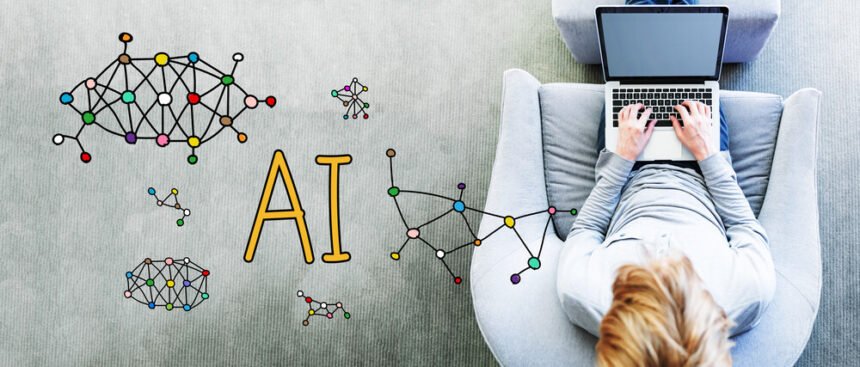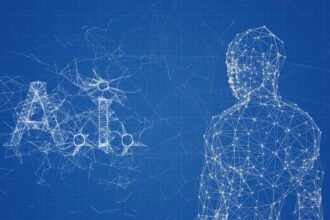There’s something both beautiful and frightening about the slow loss of the human element in the business sector, future job security changes, and its looming inevitability. Humankind has been dreaming of the day when our intervention in the monotony of the daily grind becomes a thing of the past for nearly as long as we’ve been capable of crafting stories.
Yet when it comes to predicting just how wildly the business sector will change, we seem to have a recurring problem with nailing down just how wide-reaching and sudden those changes can be.
AI implementation is ahead of the curve, but we’re still behind
We keep assuming the introduction of artificial intelligence (AI) into our professional lives is something for our grandchildren to worry about, but that’s almost certainly not the case. In fact, 54 percent of polled executives have reported a noticeable increase in productivity due to the implementation of AI into existing businesses and those numbers are only going to rise as time goes on.
It almost seems as if we only believe in the existence of an artificial workforce if we see a metal chassis stomping across a warehouse floor, which is certainly in tune with our sci-fi dreams of the future, but predictive analytics and artificial intelligence put to task in the field of sorting and processing huge swaths of data have already entered the business sector, with around 61 percent of businesses having already brought AI to their workplace.
The world certainly isn’t ending and the sky isn’t falling, yet all the news sector seems to want to focus on is how a robot will eventually take away jobs from those with hands and a willingness to work. Some issues can’t be boiled down to such simple bylines without losing the finer nuances of the reality of the situation. We’re not currently in a place where AI replaces the most vital human elements, but rather works to reduce the need for humans to perform rote tasks and menial labor.
Machine learning is to thank for why certain business structures exist and function as smoothly as they do, plain and simple. Ridesharing companies and major banks alike have machines to thank for traffic algorithms and credit fraud detection, both vital parts of each respective business’ daily operations that could be handled by a human, yet are much better suited to automated solutions. Insurance technology is improving with AI as available vehicle sensor data and human reports come together to make more emotionally neutral calls on incidents that could alter coverage and available policies.
We’re no longer years removed from an AI-intertwined future. If anything, we’re several years slow when it comes to realizing and adapting to those changes.
Future business structure in an AI-heavy timeline
Our slow rate of AI adaption and a deep misunderstanding of how to leverage available resources into machine-friendly applications seems to only be on the rise. When less than a quarter of businesses with AI components manage to push the advantages of AI due to an unstructured or uncertain approach to the future, it makes one wonder just how long it may take to correct how we perceive and apply machine learning properly.
Not all of our current misunderstandings rest in simple uncertainty, however, as some markets and minds are simply afraid of what AI will bring for national economies as a whole. With at least five distinct schools of thought offering a gamut of potential outcomes, fear seems almost inevitable.
It’s entirely possible that global GDPs will spike and dip unexpectedly as we develop new technologies. Suffering through periods of strange market momentum is just a part of putting new information to use. Growing pains will happen, but they’re temporary. Adoptions rates are rising and those who fail to look past the uncertainty of new options in existing marketplaces, as well as new marketplaces as a whole, are almost certain to be left behind.
The future of automation is nearly upon us and we’re overdue in putting it to good use. It’s time to prepare ourselves and dive right in.







